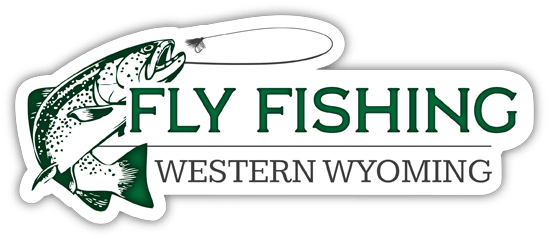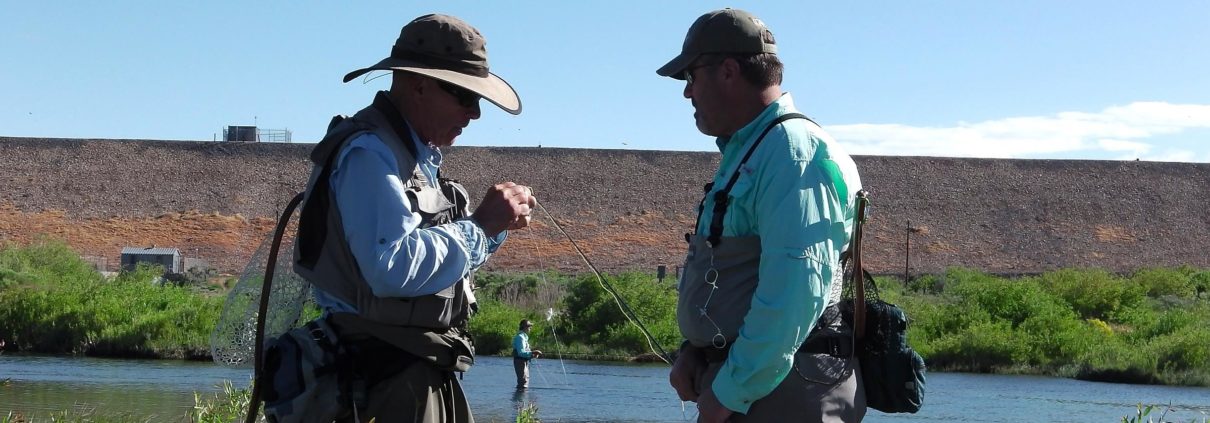How Do Guides Charge?
Why Do Guides Charge so Much?
I will often hire a guide when fishing a new river because it cuts my learning curve dramatically. A good guide may not know as much as me about entomology, casting, and various nymphing and streamer techniques, but what he does know is where the fish are and what they are eating. So, for me, a good guide saves me lots of time when fishing a new river. On a 3-day trip to a new river, I hire a guide the first day so the next two days I can catch fish. Time is money and if my main goal is to catch fish, as opposed to say sightseeing or practicing my casting, I will usually hire a guide. I’m paying for his or her knowledge, gained through sometimes decades of experience. All of those years cost them money and countless hours and so they are charging me for that expenditure and experience.
There are other reasons for high rates, that escape the notice of the casual angler. I can’t tell you how many times I’ve heard someone say, “Wow, $525 for a day; that guy is making $500 in profit.” Let’s just look at the fixed costs of running a guide service. A typical drift boat runs around $10,000 if one includes “extras” like a good anchor system, nice seats, a first-rate trailer, ice chests, floor mats, first-class oars, etc. That can be amortized over about five to ten years, depending on where and how it is used. Every guide has extra rods, reels, lines, etc., that amount to $1,000 to $5,000, depending on the quality and type of equipment. These are usually amortized over one to five years. Lines and leaders, for instance, need to be replaced every year. Liability insurance runs about $1,000 a season, auto and boat insurance another $1,000 a season. Lunches for clients run $7 – $10 per day per person. Trespassing fees run anywhere from $10 per person to $25 per person; shuttle fees are $25 to $50 per trip.
In Wyoming, many guides average 100 miles per day at 15mpg average, (with boat and truck) that comes to almost 7 gallons of gas at $4/gallon, or $28 per day. Depreciation and maintenance is another $.30 to $.50 per mile or $30 to $50 dollars a day. Depending on the trip and the clients, the typical guide loses or ruins 5 to 15 flies per person per day at about $1.50 to $2.50, wholesale, per fly. Let’s say $15 per day. I haven’t included clothing, tools, waders or boots – let’s say an average of $500 per year. (I know guides who wear out two pairs of waders and/or boots a season!)
The guide gets up at 6:30 am, makes or buys food, ice, drinks, organizes flies, equipment, and drives to the client meeting place. The trip itself runs from 8 am to 5 pm (sometimes longer). The guide drops the client off and then goes home to clean the boat, tie flies, organize equipment, answer phone calls and emails, etc. and is done by 7 pm. Easily a 12 hour day. Guides who work for an outfitter typically give the outfitter $200 – $250 per trip and, as a result, insurance costs are covered but most other costs listed here are not. That’s why many outfitters are charging $525 – $550 per day. The guide gets $275 to $325 per day and retains many of the costs listed above.
Let’s add it up!
Fee for 2 people $550
Less outfitter fee – $200
Less fixed costs – $125 (minimum)
$225 divided by 12 hours = $20/hour
By the way, outfitters permits are very expensive so the outfitter is also justified in asking for his/her cut! So, what is the good guide getting for the equivalent of a college education in experience and knowledge? $20.00 an hour. Not too many of their clients will work for $20 an hour!! So, the next time we hire a guide, if he or she is good, we need to appreciate the guide’s value.




Leave a Reply
Want to join the discussion?Feel free to contribute!